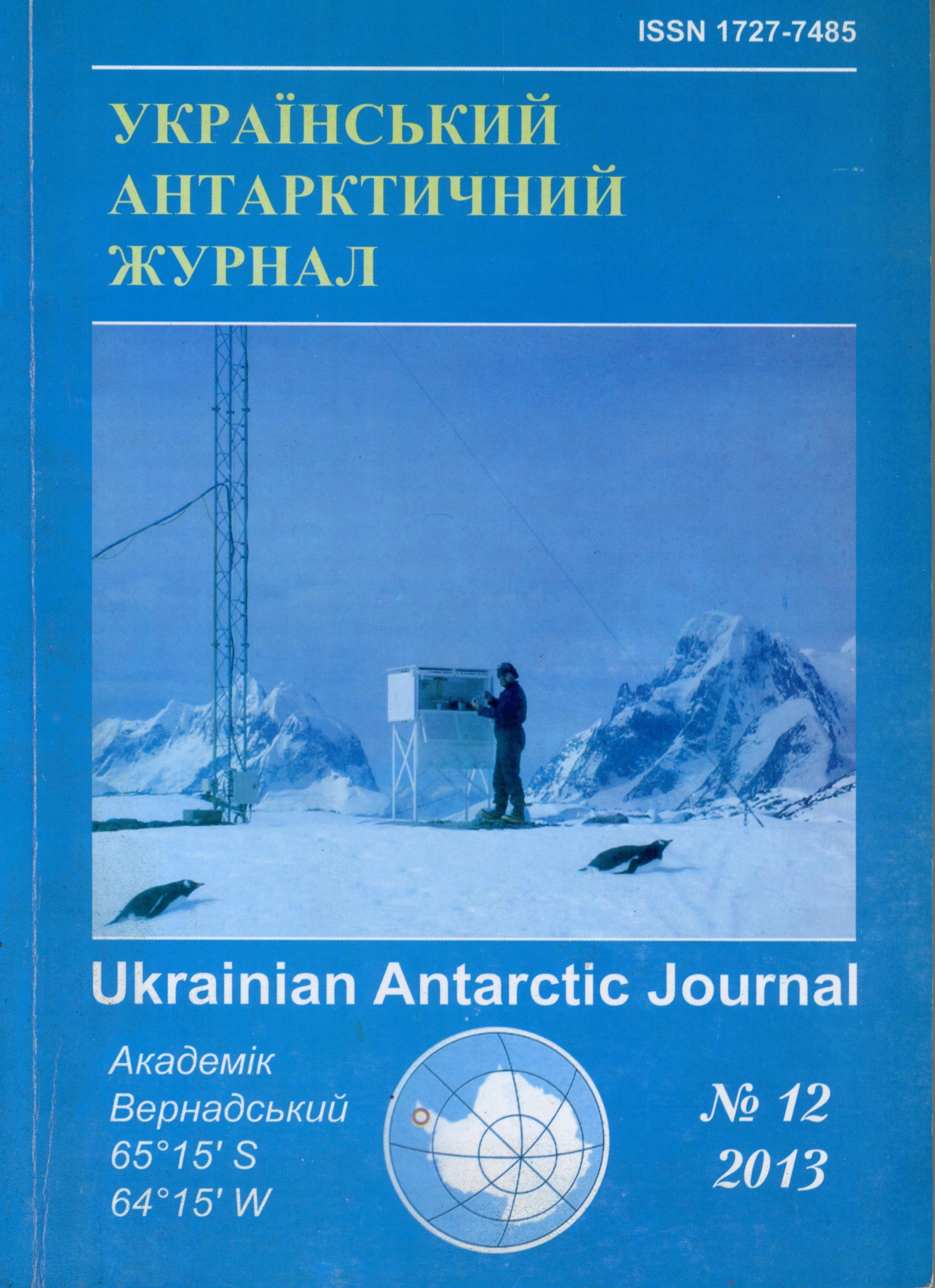Methodical approaches to obtaining fraction of trypsin-like enzymes from marine aquatic organisms (on the example of Antarctic krill)
- antarctic marine organisms,
- krill,
- proteins,
- trypsin-like enzymes
Abstract
The rapid development of biotechnology and pharmacology of the our days, one way or another, related to the targeted search of biologically active substances in the tissues of a wide variety of organisms, including the antarctic marine organisms. This group of organisms has attracted the attention of researchers due to its scarcity, as well as the presence of various protein composition. A promising direction is the creation of pharmaceutical products, based on proteins extracted from tissues of antarctic marine animals. Of particular interest is the possibility of molecules with directed action – enzymes with different specificity. In our work submitted the development methodological approaches for the isolation and testing fraction of trypsin-like enzymes from the tissues of the antarctic krill (Euphausia superba).
References
- By`kova, V.M., Shust, K.V., & Nemcev, S.V. (2008). Perspektivy` vozrozhdeniya otechestvennogo promy`sla i pererabotki antarkticheskogo krilya [Perspectives of the recovery of our fishery and processing of the Antarctic krill]. Vestnik biotexnologii i fiziko-ximicheskoj biologii imeni Yu.A. Ovchinnikova, 4(1), 39–43.
- Glancz, S. (1999). Mediko-biologicheskaya statistika [Medical and biological statistics]. Moscow, Praktika.
- Darbre, A. (1989). Prakticheskaya ximiya belka [Practical chemistry of proteins]. Moscow, Mir.
- Sergienko, V.I., & Bondareva, I.B. (2006). Matematicheskaya statistika v klinicheskix issledovaniyax. Moscow, GE`OTAR-Media.
- Affinity Chromatography. Principles and Methods. (2001). Amersham Pharmacia Biotech AB. pp. 89–96.
- Bradford, M. (1976). Analytical Biochemistry, 6, 193–200.
- Buchholz, F., & Reinhard, S. (2000). "Metabolic and enzymatic adaptations in northern krill, Meganyctiphanes norvegica, and Antarctic krill, Euphausia superba". Can. J. Fish. Aquat. Sci., 57, 115–129.
- Campell, D., Hellgren, L., Karlstamand, B., & Vincent, J. (1987). "Debriding ability of a novel multi-enzyme preparation isolated from Antarctic krill (Euphausia superba)". Experientia, 43, 578-579.
- Kimoto, K., Kusama, S., & Murakami, K. (1983). Purification and characterization of serine proteinases from Euphausia superba. Agric. Biol. Chem., 47, 529–534.
- Laemmli, K. (1970). Nature, 227, 680–685.
- Ostapchenko, L., Savchuk, O., & Burlova-Vasilieva, N. (2011). Enzyme electrophoresis method in analysis of active componenets of hemostasis system. Advances in Bioscience and Biotechnology, 2(1), 20–26.

